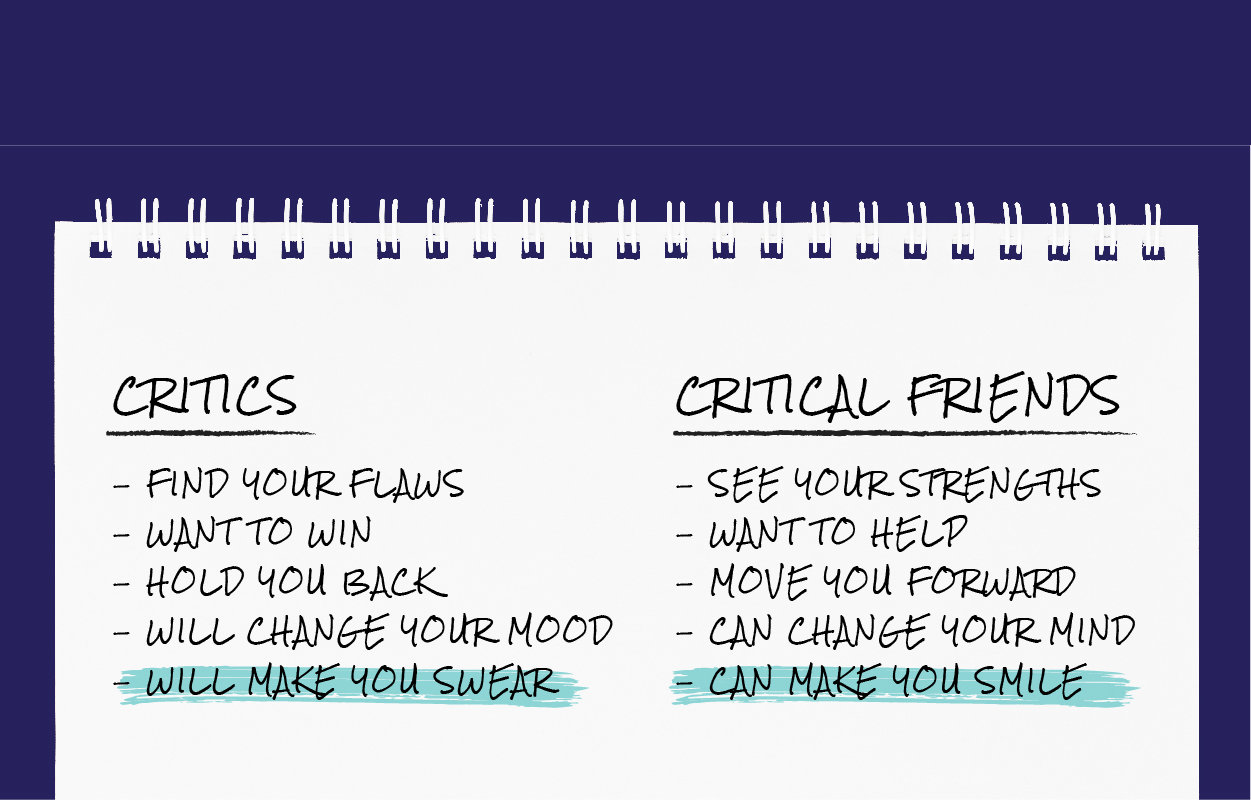Where does the concept come from?
The concept of Critical Friends emerged in an educational context; meaning a person of trust supporting another’s learning through critical questions, data and an outsider’s perspective.
How does it work in an evaluation context?
When applying the Critical Friend approach in an evaluation context, one combines evaluation with learning. Especially in complex processes like the improvement of gender equality in organizations, it can be very helpful to have external, independent experts that know the issue well on your side. These experts act both as trusted insiders and as independent outsiders. As trusted insiders, they are accompanying the whole process from beginning to end and therefor relying on participatory and real-time methods to be able to tackle upcoming issues right when they emerge. This iterative approach allows a lot of flexibility for addressing the needs of the organizations. As evaluators are not directly involved in the implementation of the project but in the topic, they can use their independent outsider position to provide input, feedback, suggestions, recommendations and data in order to help implementation and support reflection (Eronen et al. 2018).
Why did we choose this approach? What do we want to achieve?
Through the Critical Friend approach, we want to empower all SPEAR partners to achieve their goals in this process. It enables us to challenge and criticize them in a constructive way, share (success) stories and (good) practices with other partners and provide a fertile ground for learning and reflection.
If you want to know more about the Critical Friend Evaluation Approach, you can find further information here:
Balthasar, Andreas (2011): Critical Friend Approach. Policy Evaluation Between Methodological Soundness, Practical Relevance, and Transparency of the Evaluation Process. German Policy Studies 7 (3), pp. 187-231 (pdf)
Eronen, Oskari; Patokallio, Mikko; O’Gorman, Eleanor; Salonen, Laura (2018): Critical Friend. An Innovation in Evaluation and Learning for Peacebuilding. CMI Policy and Learning Publication #1/2018 (pdf)
Kember, David; Ha, Tak-Shing; Lam, Bick-Har; Lee, April; NG, Sandra; Yan, Louisa; Yum, Jessie C.K. (2006): The diverse role of the critical friend in supporting educational action research projects. Educational Action Research 5 (3), pp. 463-481 (pdf)
Quality Improvement Hub (2016): Designing a critical friend visit (pdf)
Rossman, Gretchen (2000): Dialogue for Learning. Evaluator as a Critical Friend. New Directions for Evaluation no. 86 (pdf)



Is this image copyrighted?
https://gender-spear.eu/assets/content/blog/critical-friends.jpg
I would like permission to use it in an article to be published.